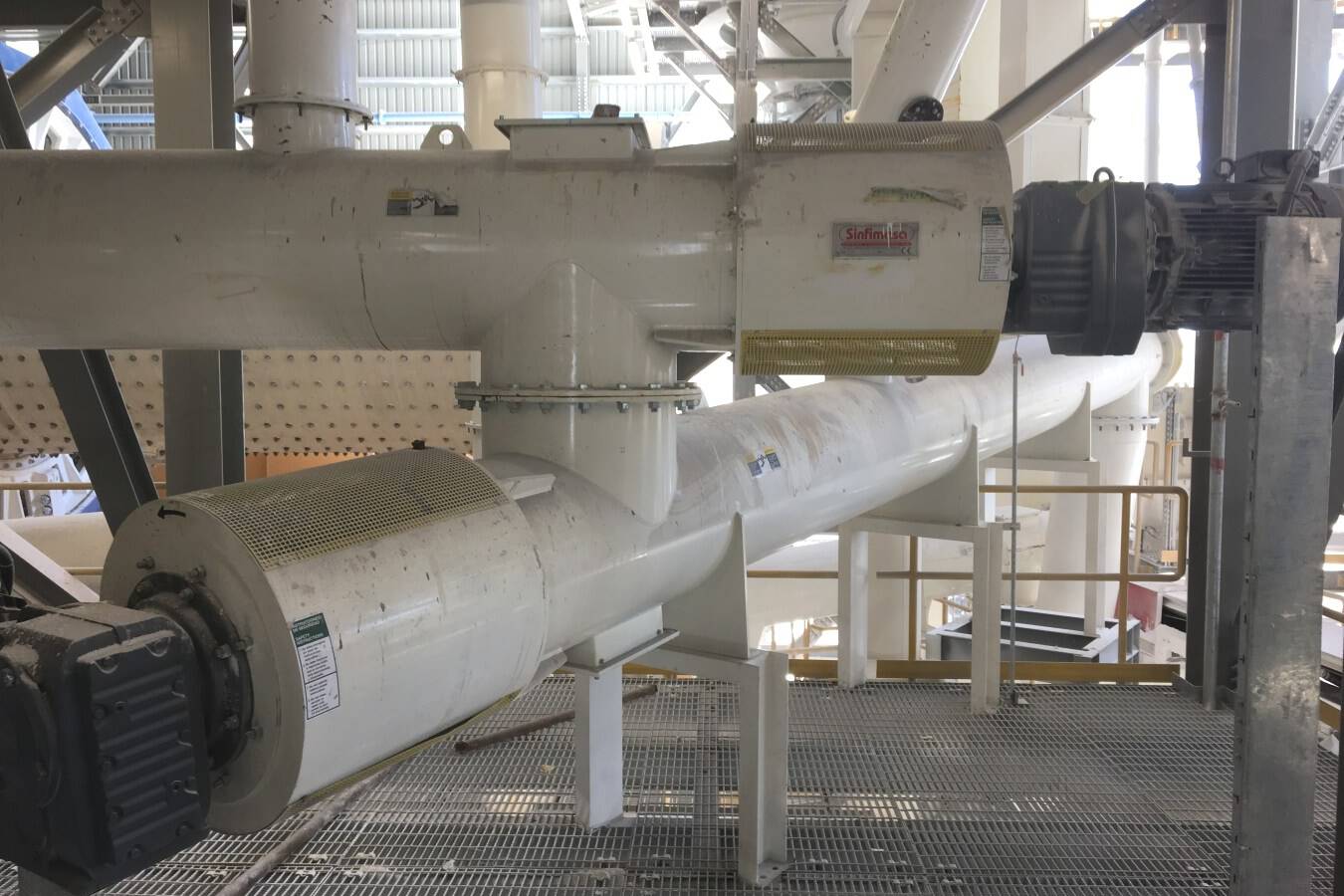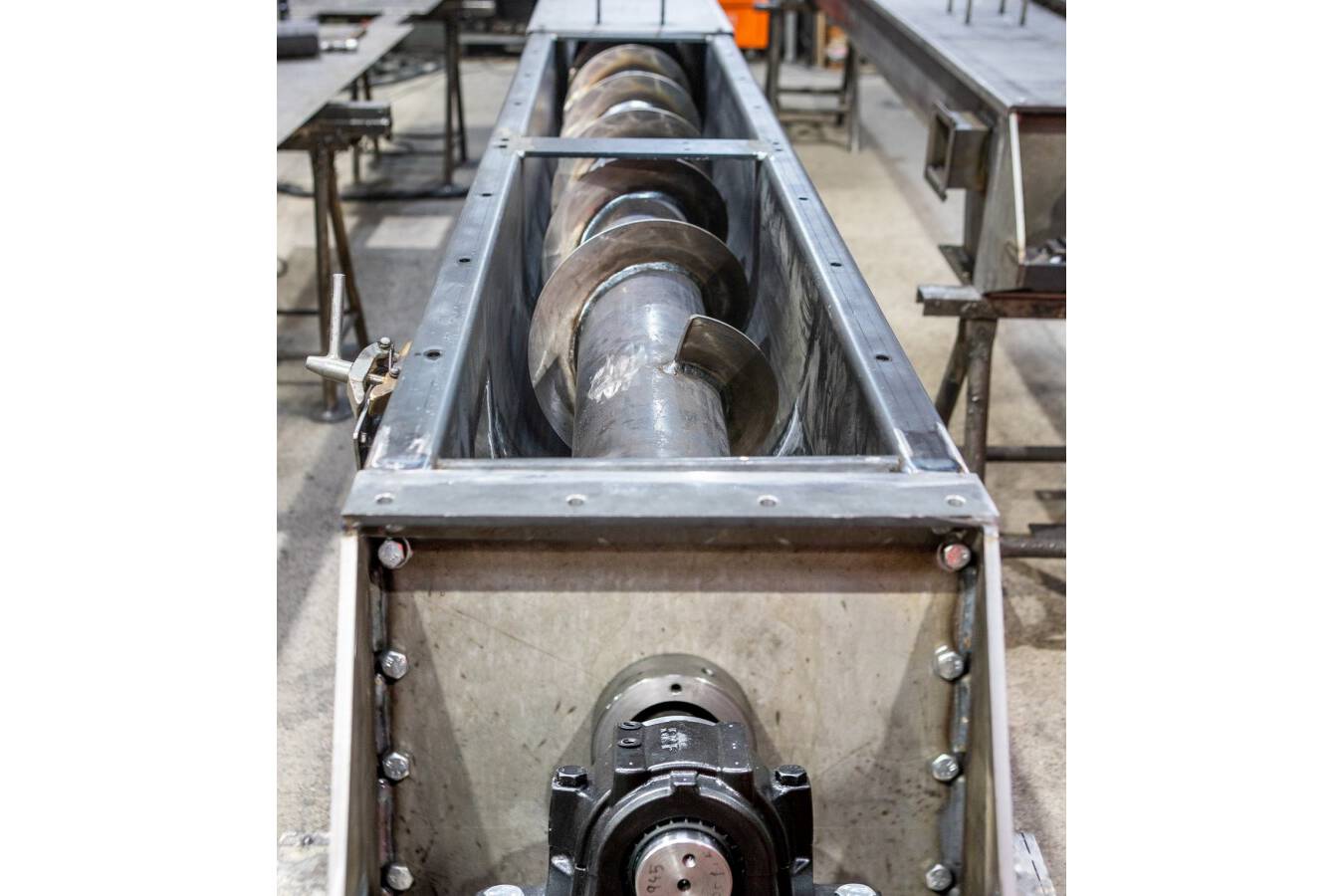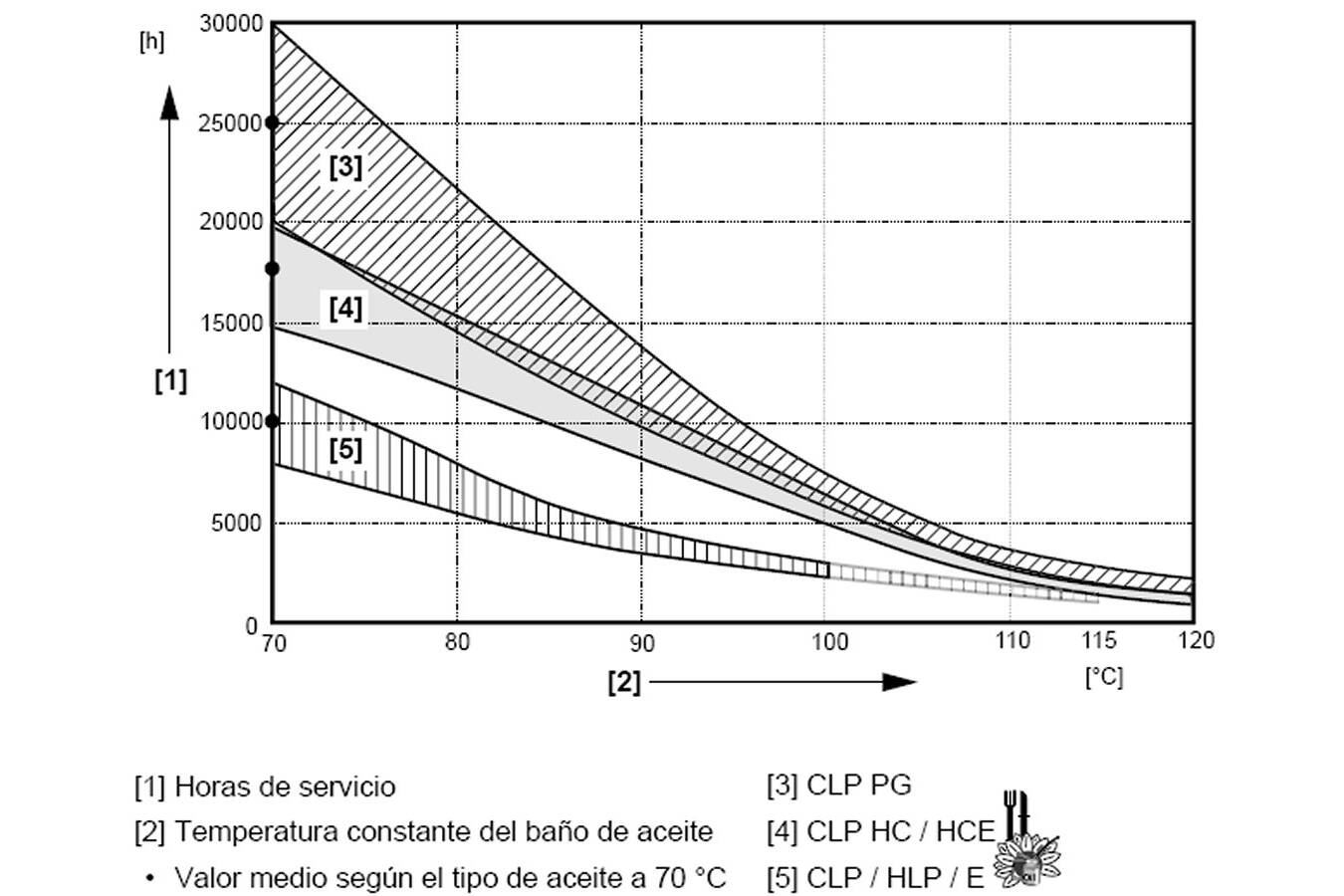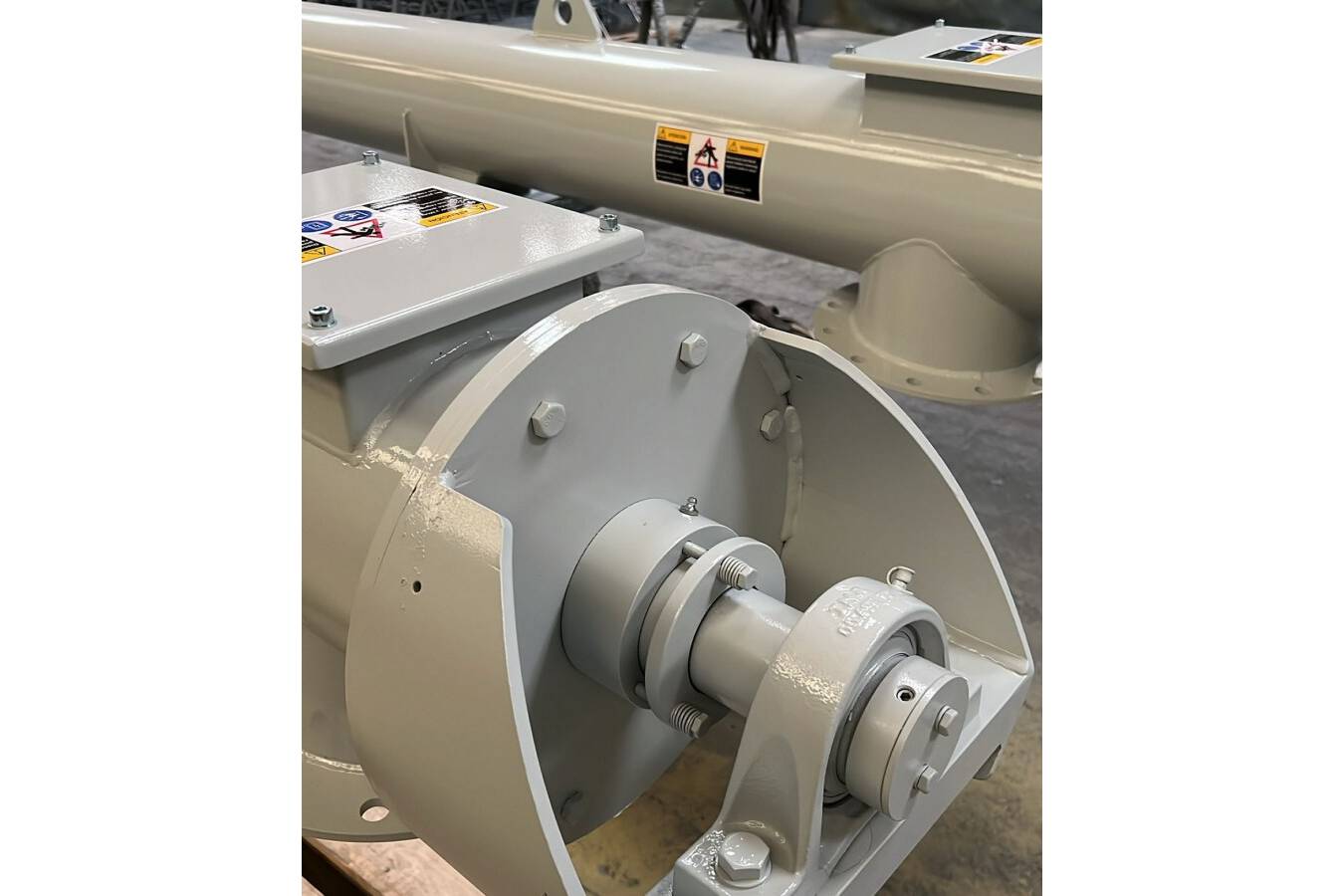A screw conveyor, also known as an auger conveyor, is a machine that uses a helical screw to move bulk products from one point to another. Proper maintenance of a screw conveyor is essential to ensure its efficient operation, prolong its lifespan, and avoid costly repairs or replacements.
Sensitive points in a screw conveyor
- Bearings: These parts allow the screw to rotate without friction. It’s crucial to check them regularly for signs of wear or damage.
- Helical Screw: This is the main part of the conveyor. It should be inspected for deformations or excessive wear.
- Tube or Trough: This is the container where the screw is located. It should be free of obstructions and damage.
- Seals: They prevent material from escaping and protect against the entry of contaminants. They should be checked and replaced if necessary.
Parts to replace periodically
- Drive Shaft Bearings - Inspection and greasing; Frequency: Every 1000 hours or every three months. Regular monitoring of the service temperature of the screw conveyor bearings is essential, ensuring it does not exceed 50ºC in normal ambient temperature. Regular greasing of the bearings is recommended, following the manufacturer’s instructions for the lubricant used. This maintenance is crucial to ensure the durability and proper functioning of the screw conveyor, thus ensuring its operational efficiency over time.
- Motor-Reducer Group - Greasing; Frequency: From 15,000 to 30,000 hours or every 5 years (depending on working conditions). In general, the motor reducer requires little maintenance, although this can vary depending on operational conditions and oil temperature.
Important considerations for storage before startup include protection from weather and moisture, and placement on pallets. During installation, ensure firm anchoring to prevent vibrations, install hydraulic couplings or torque limiters in cases of shocks or overloads, and protect seals during painting to avoid rubber damage.
Additionally, follow other recommendations like machining parts with ISO H7 tolerance, using appropriate extractors for assembly, keeping contact surfaces clean and protected against oxidation, and applying protections in outdoor installations to prevent damage from atmospheric agents.
For the motor, it’s necessary to keep the fan guard and casing clean for proper cooling. Important considerations: a) Check the oil level and place the deaeration plug; b) During maintenance and cleaning, ensure that the machine is disconnected and locked.
- Transmission (sprockets and chain) - Greasing; Frequency: Every 1,000 hours or every three months. For proper functioning of the drive mechanism, the sprockets and chain must always be greased with consistent grease (every 100 hours of operation or weekly), and special attention should be paid to ensuring the chain is perfectly tensioned. This tensioning should be done periodically, approximately every 100 hours of operation. Tensioning is achieved by moving the motor reducer on the guides, which are finally placed on the motor reducer’s base or support plate. Once the chain tensioning is done, the perfect feeding of the sprockets should be checked.
- Stuffing Box - Check; Greasing on assembly and replacement of the stuffing; Frequency: Every 1000 hours or every three months, and on assembly and replacement of the stuffing. After the first hour of operation, it is essential to perform a tightening adjustment. This process involves tightening the bolts of the stuffing box, which is crucial to ensure an effective seal and prevent leaks in this area. If the tightening reaches its maximum limit, it will be necessary to replace the stuffing. To carry out this replacement, simply loosen the tightening bolts and change the stuffing strips. It is important that, during this operation, the screw conveyor is empty and that both the shaft area and the stuffing housing are completely clean. This ensures a proper adaptation of the new stuffing.
- Seals - Should be replaced at least once a year or when wear is observed.
- Lubricants - It is essential to change and refill lubricants according to the manufacturer’s recommendations.
Possible failures or breakdowns
- Jams: Can be caused by an overload of material or by a damaged screw.
- Excessive Wear: Generally due to lack of lubrication or the presence of abrasive materials.
- Unusual Noise: May indicate problems with the bearings or the motor.
- Material Leaks: Generally related to damaged seals or a broken tube.
Effective preventive maintenance
- Regular Inspection: Perform visual and auditory inspections regularly to detect signs of wear or damage.
- Cleaning: Keep the conveyor clean, removing any residue or accumulation of material.
- Lubrication: Ensure that all moving parts are adequately lubricated.
- Replacement of Parts: Change worn parts before they completely fail.
- Training: Ensure that personnel are adequately trained on how to operate and maintain the screw conveyor.







